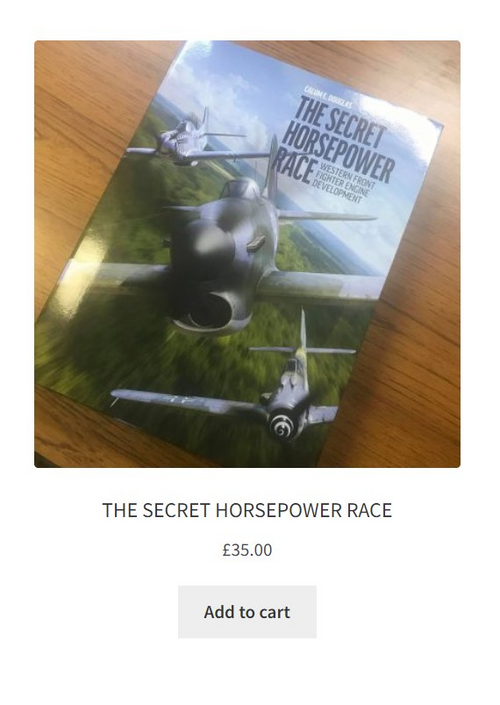Something to consider, with regard to page count and font size/spacing, is the age demographic of the sector in question. I have to consider very seriously, whether I buy it or not.
Seriously placing the future of the printed book in question and it is not a positive move. My neighbour upstairs has three kindles. She bought 2 and one was sent as a replacement and she can use none of them. Rubbish standards by any measure.
Take into account the almost impossibility of putting the illustrations of Horsepower race (Abbr) and you have an untenable situation. Agree re the PoD aspect, potentially a worthwhile exercise but leaky standards mean also, at the moment, untenable.
I did a survey on my facebook page early in the writing process (about a year before publication), financials have changed a bit since then, but of a sample of about 40 people, only one person said they wanted an electronic version.
Maybe now it would be..2 or 3, but generally we had little but complaints about the electronic version. People with older kindles found it didnt display correctly, and those who could complained that they had to "scroll about" the pages to read it. Apparently hoping that we would have funds to completely reformat the entire book and index just to make it convenient for e-books.
All the 1 and 2 star reviews of the book on Amazon are from people with old kindles who didnt like it (and the only person who have a 3 star review said it was a wonderful book but were annoyed as the courier dropped the box and crumpled a corner

, thanks for that important review of the book!). You could of course say "well thats because the e-book version was not done very well", that may be so, but that is nevertheless what happened in reality when quite a large fairly respected transportation publisher did it with my book.
Anyway, so on balance I`m not about to do any e-book adventures. I think to make it workable you`d have to set out to do e-book only and format everything and design everything around it from the start, or have a huge initial budget and absorb a doubling of your typesetting cost.
For me the clear lesson is that all future books need to be about 1.9kg including packaging to be viable from the UK to overseas.

www.aerosociety.com


